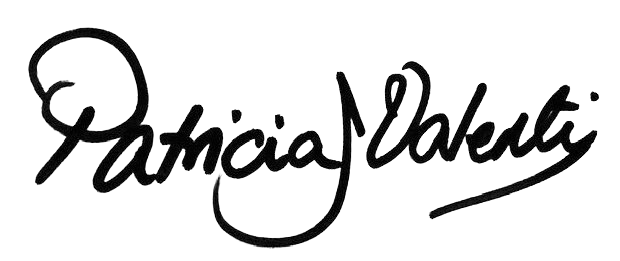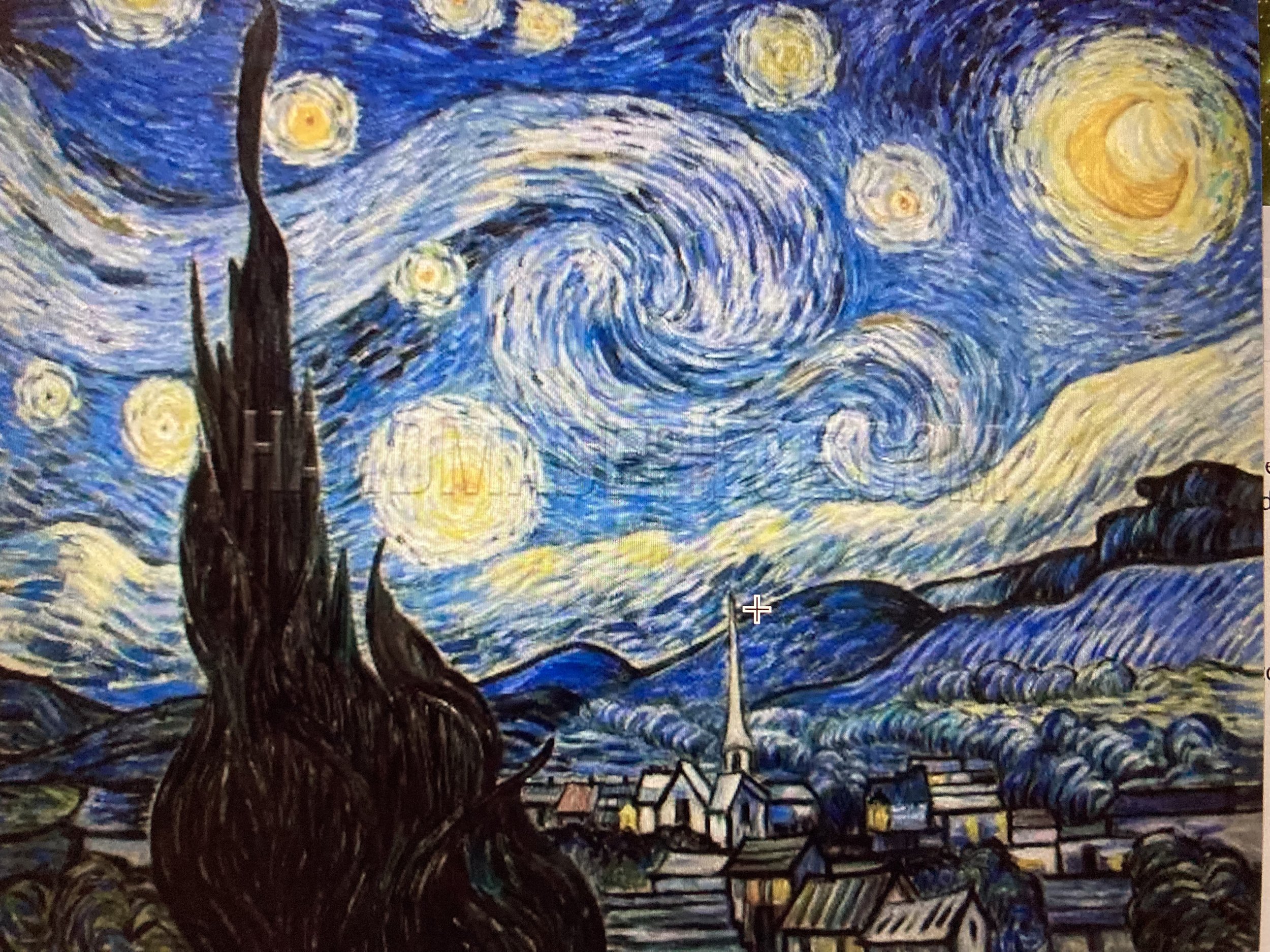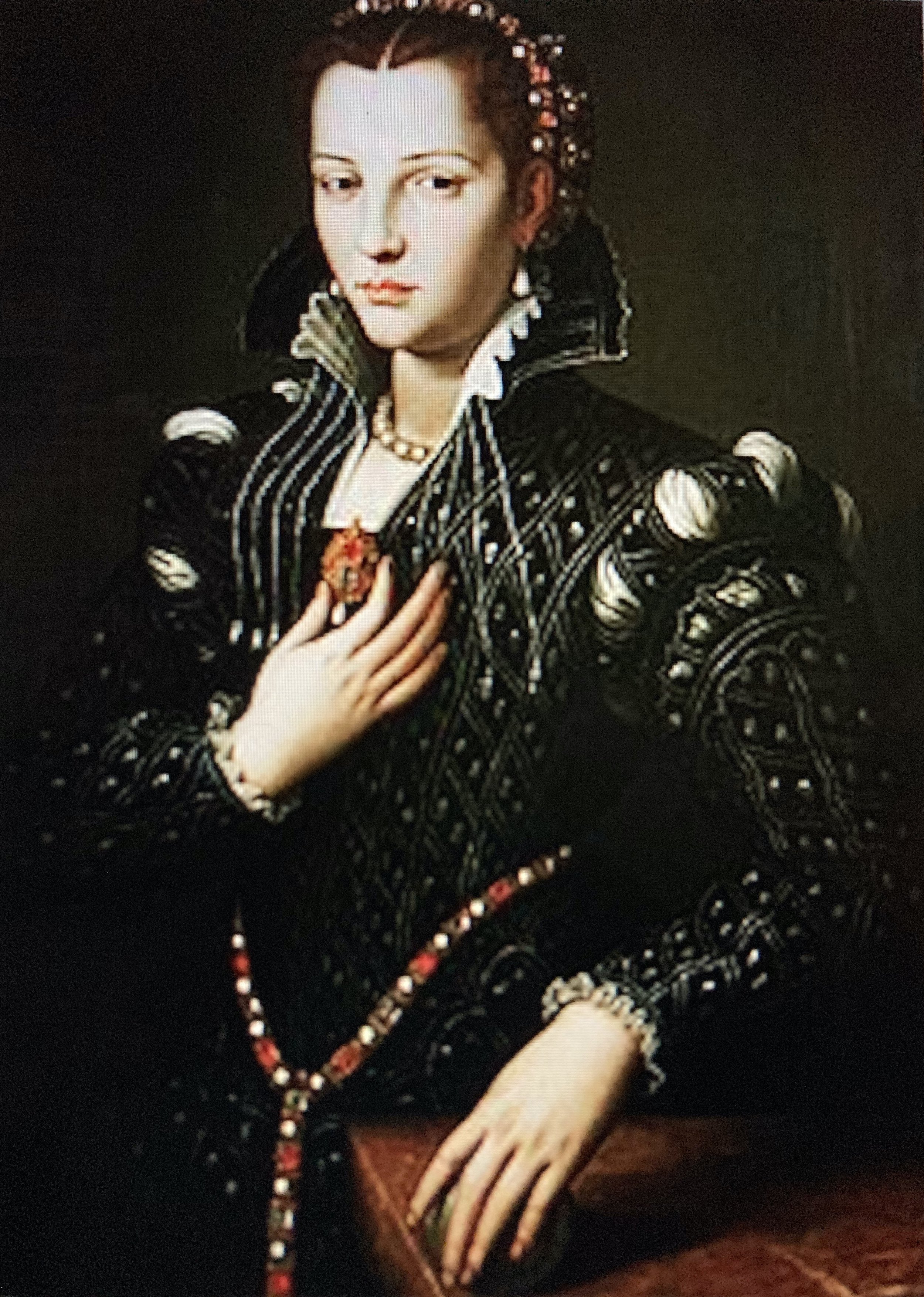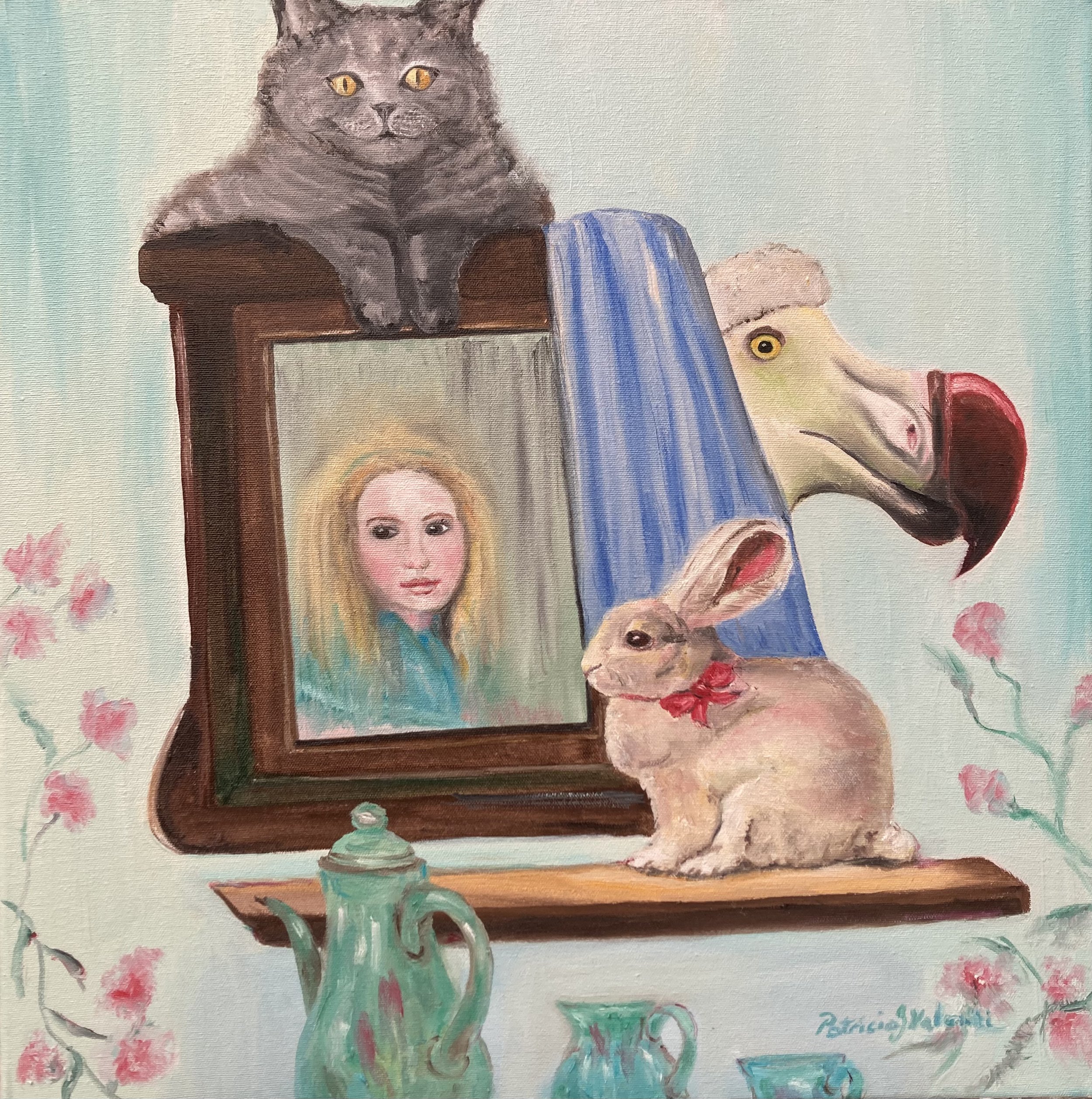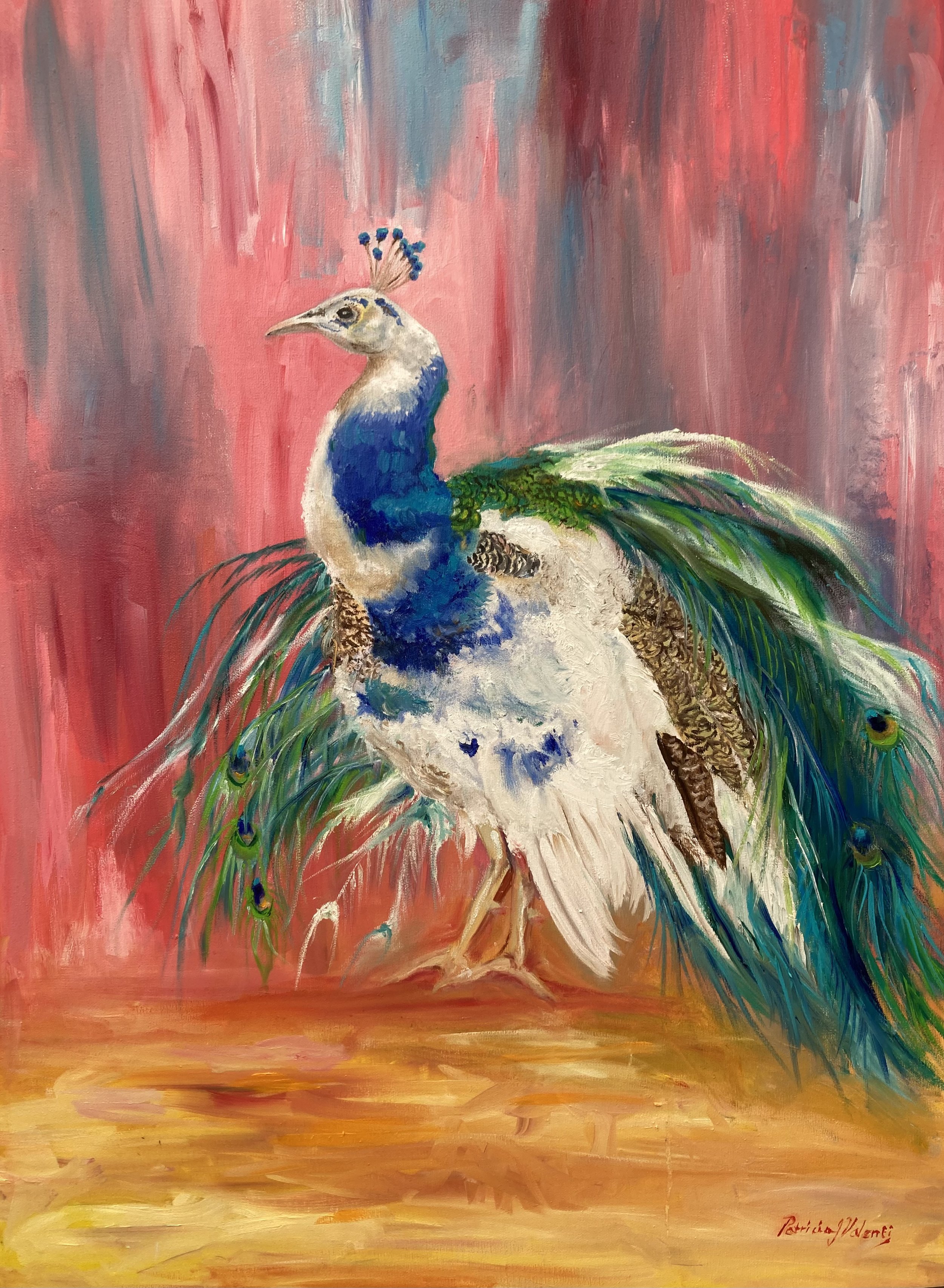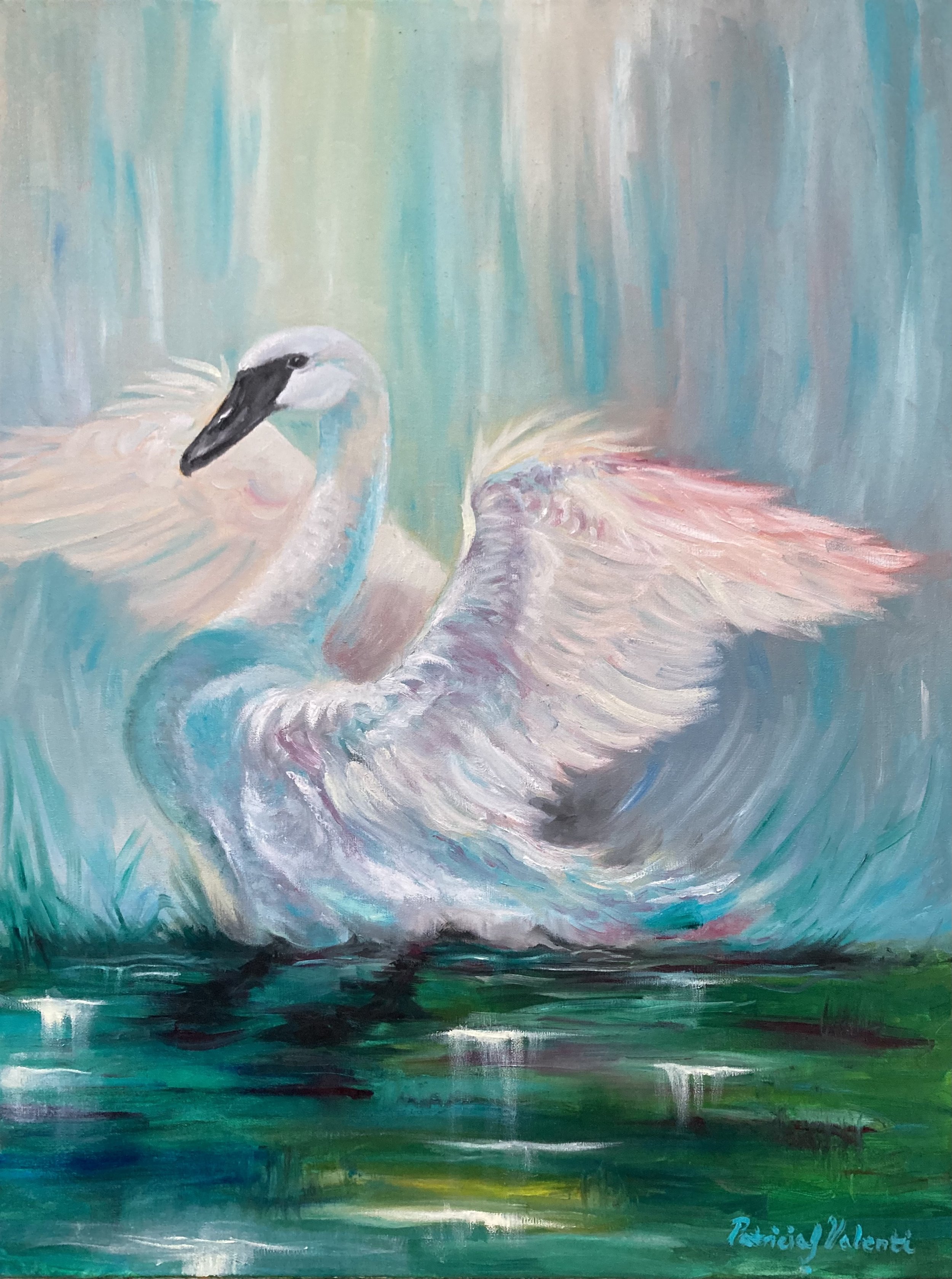Ekphrastic Poems in Art
Painting is poetry, which is seen and not heard,
poetry is a painting which is heard but not seen. Leonardo Da Vinci
Storm Clouds Gathering, is an original oil painting which I painted of a polar bear looking towards the storm gathering to the north.
It was inspired by the plight of these mighty bears of the Arctic range whose existence is threatened by climate change because of their shrinking habitat. My poem tells their story.
Poems about paintings are called ekphrastic poems, a term used to describe literary portrayals of pictorial works of art. Poems about paintings can make them transposable and powerful, they can destabilise our beliefs, challenging us and making us see things from different perspectives. It is interesting to observe that these two artistic mediums (visual and literary) can complement each other and make them more powerful.
Visual Paintings
A painting can be like a silent poem, speaking to us in ways we do not necessarily understand, engaging our imagination by creating images in our mind. Paintings can convey an atmosphere: evocative, melancholy, joyful, enigmatic. Abstract works can arouse deeper feelings in the moodiness or resonance they arouse. A painting can say something beautiful about the world, through the coolness or warmth of its colours, textures, symbols, and hues. It can tell a story through the images depicted, conveying thoughts and feelings: the darkness or lightness of a landscape, a sincere scene of a family, an expression in a portrait, the light shining through an expression. Art can invoke a response within us and touch on our innermost feelings, much like poetry can.
Literary Poetry
Poetry, through its rhythm, beat and flow can be enticing and can make a painting doubly interesting, helping the observer to understand through poetic and visual expression what the artist is trying to convey, giving insight into the emotions, deeper feelings, and aesthetics behind it. By creating poetry around your art, you are doubling your creative power. The imaginative act of describing a painting, can make the poet increase and expand the paintings significance, helping us understand the human condition, or something much deeper within us, widening our perspective by connecting parts of ourselves.
Below are two examples of Ekphrastic poems:
‘The Starry Night’, by Anne Sexton, inspired by Vincent van Gogh’s painting of Starry Starry Night. Anne Sexton’s poem is about troubled souls, see excerpt and painting:
The Starry Night, by Anne Sexton about Vincent van Gogh’s painting
The town does not exist
except where one black-haired tree slips
up like a drowned woman into the hot sky.
The town is silent. The night boils with eleven stars.
Oh, starry starry night! This is how
I want to die …
‘My Last Duchess’, is another example of a poem written about a painting, by Robert Browning, which first appeared in Browning’s Dramatic Lyrics. See excerpt and painting below:
The painting is of Lucrezia de' Medici, of the House of Medici, and Duchess of Ferrara (1545 to 1561) painted by Bronzino, an Italian painter. Lucrezia, by marriage, became consort of Ferrara. Unfortunately, her marriage was short lived and unhappy with rumours suggesting that she had been poisoned on the orders of her husband. The suspicion inspired the English poet, Robert Browning, to create a dramatic monologue in verse entitled ‘My Last Duchess’ in 1842, about her life. In the excerpt Browning suggests that Fra Pandolf, a friar, painted the portrait of the duke's last wife. A lot of controversy surrounds the painting and life of Lucrezia, and Browning suggests that the Duchess was an object of such compelling verity and beauty, that the portrait so bothered the duke that he kept it hidden and under his power, surmising that he kept his late wife in the same way.
My Last Duchess. is a dramatic monologue in verse written by Robert Browning of a painting of Lucrezia de Medici , Duchess of Ferrara
That’s my last Duchess painted on the wall,
Looking as if she were alive. I call
That piece a wonder, now; Fra Pandolf’s hands
Worked busily a day, and there she stands.
Will’t please you sit and look at her? I said
‘Fra Pandolf’ by design, for never read
Strangers like you that pictured countenance,
The depth and passion of its earnest glance …
Poems around my paintings
I am often inspired to write poems around my paintings and vice versa; writing poetry inspires me to paint a picture to depict what the poem is trying to say. Examples of my poems can be seen on some of my artworks in my Wildlife Collection and Stories Collection:
As well as the above example of one of my paintings above, Storm Clouds Gathering, other examples are shown below:
Where the Brown Bears Roam, is one of my original oil paintings about the brown bears of Alaska, in the Northwest corner of America.
The painting inspired me to write about them and describes the landscape and habitat of the brown bears, and helps us understand more about them, where the summers are cool and cloudy, and the winters are long and cold. The bears gather at the water’s edge to catch salmon from a nearby lake.
Geese with Blue Beaks, or The Wedding Guests, is one of my original oil paintings which inspired me to write a poem about these simple creatures.
In the poem, the geese are lured into believing that they are to be guests at a wedding where they will play a part, unsuspectingly they are to be on the menu instead.
Dreaming of Alice, is an original oil painting celebrating Alice in Wonderland by Lewis Carroll.
The poem is about Alice as a child, suggesting that she can learn from the images, characters, and symbolism used in Carroll’s poems to negotiate the world around her.
Piebald Peacock Beauty is one of my original oil paintings with a poem describing this chimaera.
The poem is about an Indian pied peafowl which carries an extra colour gene making its colouring unique and magnificent.
Emerging into the Light, is an original oil painting and poem about a polluted habitat and its affects on the swan’s perspective of the world.
The swan seeks light, away from pollution, plastics and acid rain, light as a representation of heaven.
Exercise
As exercise you might like to try yourself (particularly if you are an artist or a poet), which can help you understand more about both poetry and art mediums, is to do the following exercises:
· Create a painting that incorporates a word, phrase, thought or meaning you wish to portray
· Write a poem as if you are in the painting, or inspired by a painting
· Create a painting that represents your favourite poem, or an extract from that poem
‘Love, Joy, Create’ Blog – My love of nature inspires my art practice. Learning from nature, seeing animals and birds fills me with joy. Please follow along with me and create your own inspiration for your art by learning about nature and the world around us. art@patriciajvalentiart.com
Patricia Valenti is a representational contemporary fine artist and life-long painter, based in Kent in the UK, beginning her artistic studies as a young girl. Her passion for nature and the beauty of animals and wildlife can be seen in her work, transforming familiar animals and wildlife into stunning, realistic interpretations with emotional impact. Her walks around the surrounding countryside near her home inspire her work.
